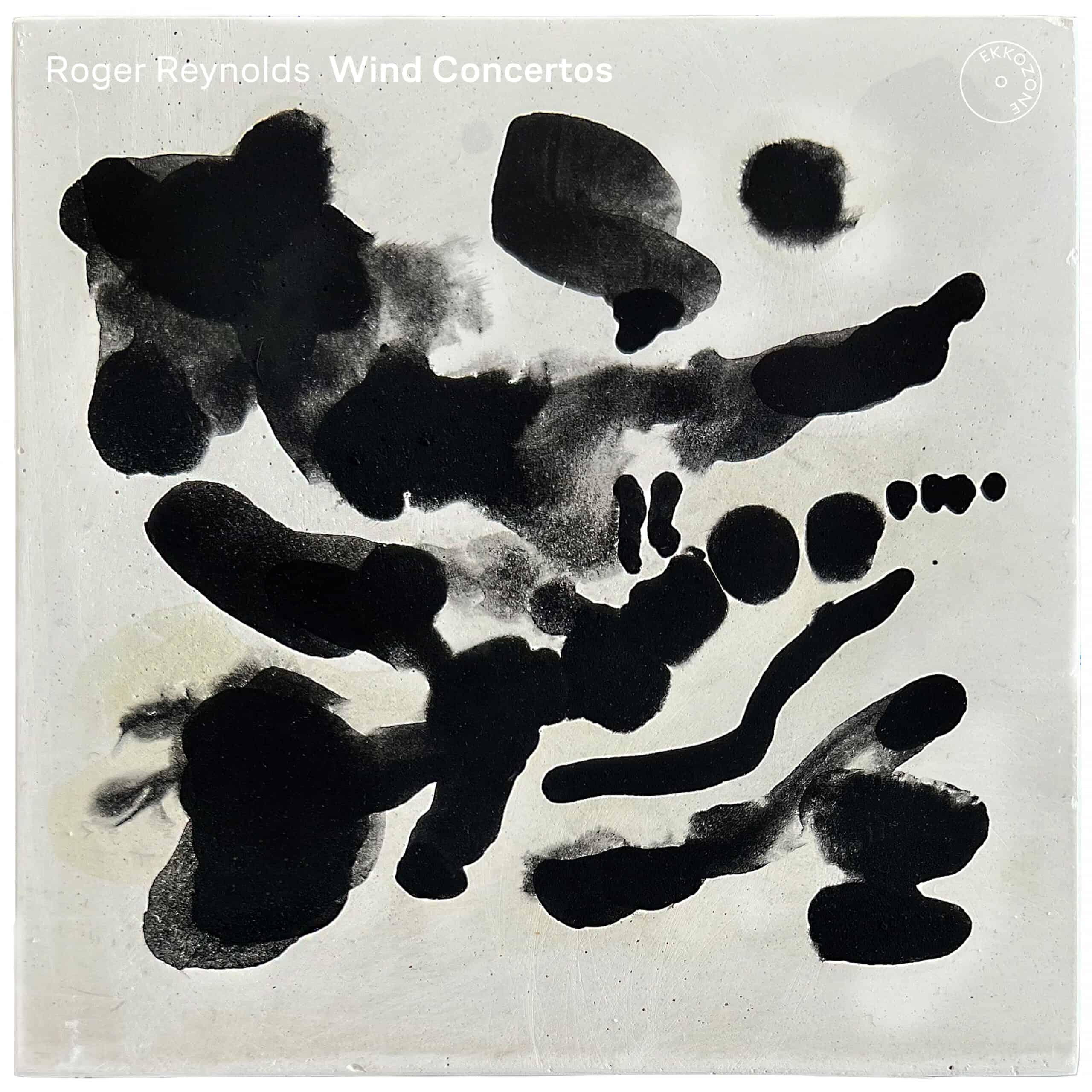Double Reed News
A new concerto for the oboe is always to be welcomed and, when it is a concerto of this quality, it is even more exciting! From the outset I was gripped, both by the music and by the quality of the performance. It was wonderful to listen to music which is both emotionally powerful and at the same time intellectually stimulating and satisfying. The material of the concerto is beautifully conceived and expertly structured. The orchestration is colourful, imaginative and has tremendous clarity. I was particularly impressed by the careful interplay between soloist and chamber orchestra, the soloist at times dominating the music while at other times flowing in and out of the texture almost as a member of the ensemble.
The concerto, which is substantial in length (just over 25 minutes), demands a great deal from the soloist and exploits a number of advanced techniques including multiphonics, rolling tones, glissandi and flutter tonguing. What is particularly impressive in this regard is the way in which these techniques are used – not as ‘noises’ or ‘circus trick’ style sounds, (which is a common fault in many works) – but beautifully integrated into the dialogue of the music, often playing a part in the conversations between soloist and ensemble. The use of multiphonics is particularly impressive as the pitch content is carefully considered and the timbres are obviously chosen with great care. The multiphonics are an essential part of the musical language and sometimes seem to blossom from the ensemble textures.
It was a great pleasure to hear Jacqueline Leclair performing this music with such great style and an obvious understanding of the composers’s intentions. The opening moments belong to the solo oboe and Leclair immediately drew me into the listening experience. Her phrasing and structural shaping of this opening section set the scene for an exciting musical journey. Indeed, throughout the work she shows wonderful technical security, beautiful phrasing and colour choices, and a terrific control of dynamic levels. I was particularly impressed by her lovely sound and the nuanced way in which she negotiated the contemporary techniques creating fine lines and beautiful architecture.
The recorded sound is very clear, contributing to this excellence of this album. This is a concerto which deserves to find a place in the repertoire.
The other work on the CD is Roger Reynolds Transfigured Winds I (1984) for solo flute, chamber orchestra and computer-processed sounds with Kerstin Thiele, flute and the same ensemble.
@divineartrecordingsgroup
A First Inversion Company
Registered Office:
176-178 Pontefract Road, Cudworth, Barnsley S72 8BE
+44 1226 596703
Fort Worth, TX 76110
+1.682.233.4978












